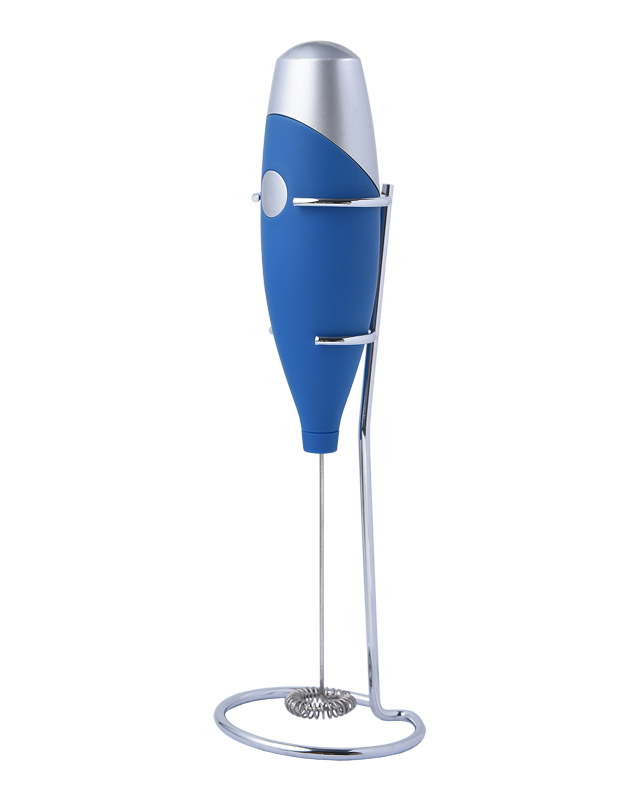Proper cleaning and maintenance of an egg whisk are essential to ensure its longevity and hygiene. Here’s a guide on how to clean and maintain an egg whisk:
Immediate Cleaning After Use: Immediately after use, rinse the egg whisk under warm running water. This prevents any food residue from drying and sticking to the wires, making subsequent cleaning easier and more effective.
Use Mild Soap and Warm Water: Wash the egg whisk using mild dish soap and warm water. This combination effectively removes oils, fats, and food particles without compromising the whisk's material or finish. Use a soft sponge or brush to gently scrub between the wires and along the handle to ensure thorough cleaning.
Avoid Harsh Cleaners: Refrain from using harsh chemical cleaners, abrasive pads, or steel wool, as these can scratch the surface of the whisk and remove any protective coatings it may have. Such abrasions not only diminish the whisk's appearance but also accelerate wear and tear over time.
Handle Carefully: Pay special attention to cleaning the handle and any joints where food particles may accumulate. These areas are prone to bacterial growth if not cleaned properly. Use a brush or cloth to reach into crevices and ensure all residues are removed, maintaining optimal hygiene.
Dry Thoroughly: After washing, thoroughly dry the egg whisk with a clean towel to prevent water spots and potential rust formation, especially in hard-to-reach areas like the handle and wire junctions. Alternatively, allow it to air dry in a vertical position to ensure complete moisture evaporation.
Proper Storage: Store the egg whisk in a dry, well-ventilated area to prevent humidity and moisture buildup, which can lead to rust. Avoid storing it in cramped spaces or in contact with other utensils that could cause it to become bent or deformed. Hanging the whisk or placing it in a utensil holder promotes proper air circulation and easy access for use.
Regular Inspection: Periodically inspect the egg whisk for signs of damage such as bent wires, rust spots, or loose handles. Addressing these issues promptly helps maintain the whisk's functionality and extends its lifespan. If rust appears, gently scrub with a mixture of baking soda and water to remove it, then dry thoroughly.
Deep Cleaning: For thorough cleaning, especially if residue accumulates between the wires or on the handle, soak the whisk in warm, soapy water for a few minutes. This loosens stubborn residues, making them easier to remove with a gentle scrubbing using a sponge or soft brush. Rinse thoroughly with clean water afterward.
Dishwasher Considerations: Check the manufacturer's instructions regarding dishwasher safety. While some egg whisks are dishwasher-safe, others may recommend hand-washing to preserve their finish and structural integrity. If washing in the dishwasher, place the whisk in a way that prevents it from being jostled or bent by other items.
Maintain Shape and Functionality: Handle the egg whisk with care to preserve its shape and ensure optimal performance over time. Avoid pressing or twisting the wires excessively during use, as this can cause them to bend or deform, compromising the whisk's effectiveness. Use it for its intended purpose—whisking and mixing—rather than for tasks that could strain or damage it.
Milk Frother, Milk Foamer, Coffee Mixer, Mini Mixer, Stirrer, Whisk EP-426A-7




 English
English
 Français
Français
 Español
Español
 Deutsch
Deutsch
 日本語
日本語





























